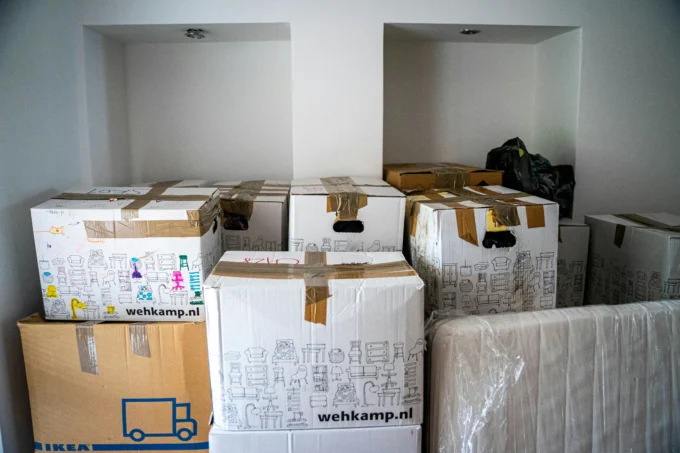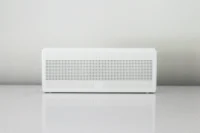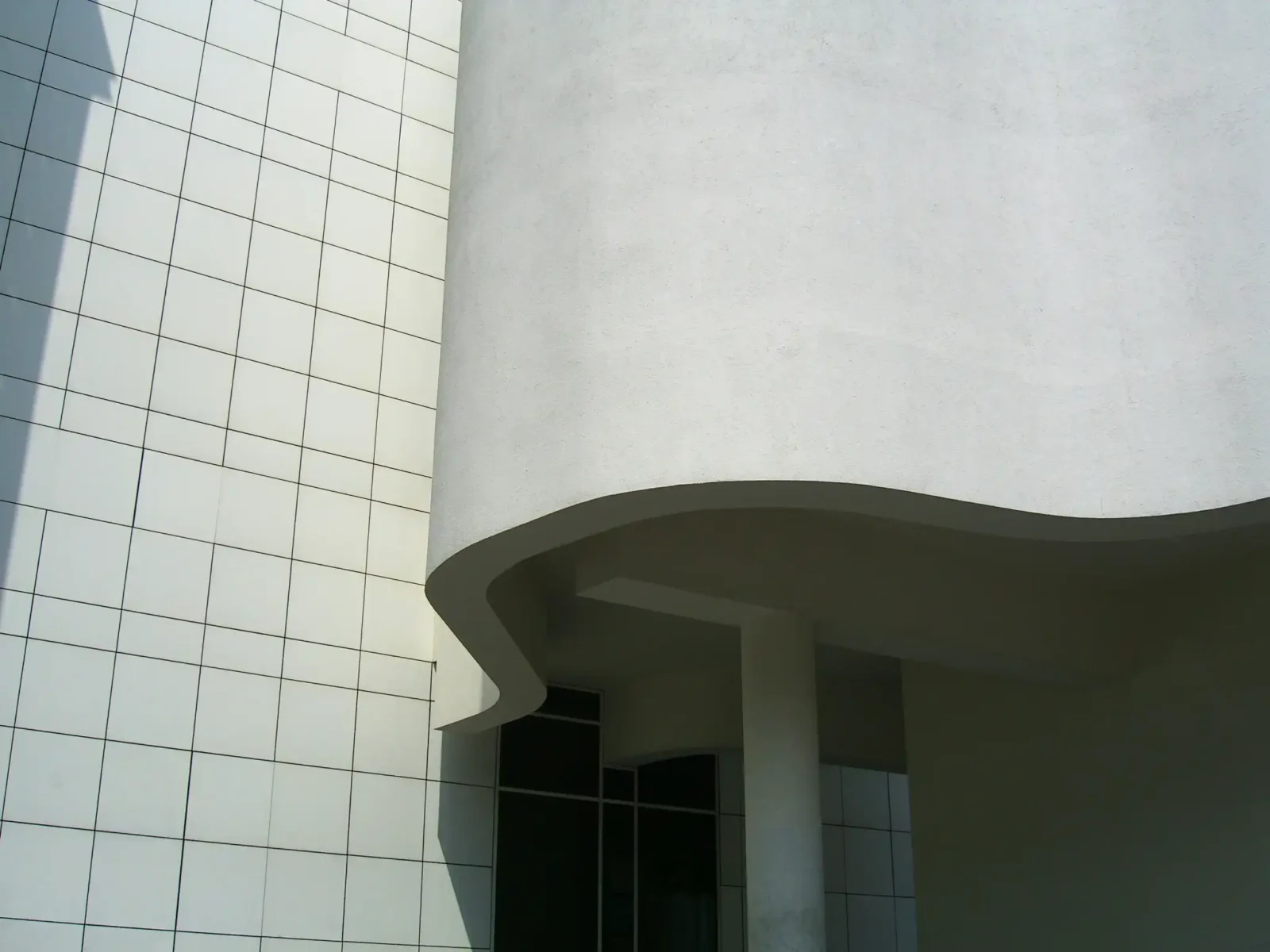- Home
- Articles
- Architectural Portfolio
- Architectral Presentation
- Inspirational Stories
- Architecture News
- Visualization
- BIM Industry
- Facade Design
- Parametric Design
- Career
- Landscape Architecture
- Construction
- Artificial Intelligence
- Sketching
- Design Softwares
- Diagrams
- Writing
- Architectural Tips
- Sustainability
- Courses
- Concept
- Technology
- History & Heritage
- Future of Architecture
- Guides & How-To
- Art & Culture
- Projects
- Interior Design
- Competitions
- Jobs
- Store
- Tools
- More
- Home
- Articles
- Architectural Portfolio
- Architectral Presentation
- Inspirational Stories
- Architecture News
- Visualization
- BIM Industry
- Facade Design
- Parametric Design
- Career
- Landscape Architecture
- Construction
- Artificial Intelligence
- Sketching
- Design Softwares
- Diagrams
- Writing
- Architectural Tips
- Sustainability
- Courses
- Concept
- Technology
- History & Heritage
- Future of Architecture
- Guides & How-To
- Art & Culture
- Projects
- Interior Design
- Competitions
- Jobs
- Store
- Tools
- More
Exploring Design Beyond Minimalism: Embracing Complexity and Creativity in Every Space
Discover the transformative power of design beyond minimalism in our latest article. We explore how embracing complexity, vibrant colors, and layered textures fosters authenticity and emotional connections. Delving into trends like maximalism and adaptive reuse, we highlight successful case studies and innovative products that celebrate individuality.

In a world where less is often seen as more, we’re diving into the vibrant realm of design beyond minimalism. While minimalism has its merits, it’s time to explore the richness of creativity that embraces complexity, color, and personality. This approach invites us to break free from the constraints of simplicity and discover how layered aesthetics can tell compelling stories.
As we navigate through this exciting landscape, we’ll uncover the principles and inspirations that drive designs filled with character and warmth. From bold patterns to eclectic styles, design beyond minimalism encourages us to express individuality and foster connections. Let’s embark on this journey together and reimagine the spaces we inhabit.

Table of Contents
ToggleUnderstanding Design Beyond Minimalism
Design beyond minimalism invites a fresh perspective that celebrates complexity, personality, and vibrant aesthetics. This section examines key concepts that define and evolve design beyond minimalist constraints.

Definition of Minimalism
Minimalism emphasizes simplicity, functionality, and the reduction of excess. This design approach prioritizes clean lines, neutral colors, and open spaces. Its goal focuses on creating serene environments that eliminate distractions and promote clarity. While minimalism offers a sense of calm, it also limits expressive potential and can feel sterile. To understand design beyond minimalism, we explore how this aesthetic challenges existing norms and embraces a fuller visual narrative.
Evolution of Design Trends
Design trends evolve as society’s needs and preferences change. The shift from minimalism to multifaceted design reflects a growing appreciation for individuality and warmth. We see the resurgence of bold colors, layered textures, and eclectic styles, inspired by various cultural influences. Noticably, the rise of maximalist design celebrates the richness of life, allowing personal stories to shine. This evolution encourages creativity, urging us to explore the possibilities beyond simplicity and connect with designs that resonate on a deeper level.
Key Principles of Design Beyond Minimalism
Design beyond minimalism thrives on creativity, inviting intricate layers and vibrant elements. It encourages a richer dialogue between form and function.

Embracing Complexity
Embracing complexity enhances visual interest and emotional engagement in design. Layered patterns, varied materials, and bold colors can create dynamic environments that captivate. Complexity tells stories, reflecting personal experiences and cultural backgrounds. Incorporating diverse elements fosters exploration and encourages the audience to interact with the design.
Balancing Aesthetics and Functionality
Balancing aesthetics and functionality ensures designs are both pleasing and practical. Thoughtful integrations of color and texture can enhance usability without sacrificing visual appeal. When function meets rich aesthetics, designs become more relatable and authentic. Utilizing ergonomic features and intuitive layouts alongside captivating visuals increases user satisfaction and enriches overall experiences.
Notable Design Movements
Design beyond minimalism showcases various movements that celebrate complexity and depth. Two notable movements, maximalism and adaptive reuse, stand out in redefining creative expression.

Maximalism
Maximalism embraces abundance, combining diverse elements into cohesive, vibrant spaces. It thrives on layering, where bold patterns, contrasting colors, and eclectic styles converge. Maximalist design encourages exploration, allowing personal stories and cultural influences to emerge through unique combinations of furnishings, artwork, and textures. This approach moves away from homogeneous aesthetics, inviting individuality and warmth into interiors, making spaces feel lived-in and expressive.
Adaptive Reuse
Adaptive reuse transforms existing structures into innovative spaces, breathing new life into old buildings. This practice prioritizes sustainability by repurposing materials and preserving architectural heritage. Adaptive reuse highlights unique historical features while meeting contemporary needs, creating functional environments rich with character. By blending old and new, this movement reinforces the idea that design can be both environmentally responsible and visually engaging, connecting past narratives with modern sensibilities.
Case Studies in Design Beyond Minimalism
We explore various case studies that illustrate successful implementations of design beyond minimalism, showcasing how complexity can drive creativity and emotional connection.

Examples from Architecture
We observe several architectural projects that embrace complexity while maintaining a strong narrative.
- Vitra Fire Station, Germany: Designed by Zaha Hadid, this building combines dynamic forms with a bold expression, showcasing sculptural elements that challenge traditional architectural boundaries.
- Bosco Verticale, Italy: This residential complex features vertical gardens on its balconies, blending nature with urban living. Its layered plant life creates a vibrant, organic contrast against the city skyline, enhancing biodiversity.
- The High Line, New York City: Once an elevated rail line, this urban park transforms a forgotten structure into a green space with diverse plant life, seating options, and art installations. Its complexity invites exploration and interaction, fostering community engagement.
These examples reveal architecture’s potential to transcend minimalism and evoke emotional responses while celebrating identity and context.
Innovative Product Designs
We find innovative products that prioritize functionality and aesthetic complexity, resonating with users’ experiences.
- Muji’s Wall Mounted Shelf: This flexible shelving solution features adjustable and customizable elements, allowing users to design their setups. Layered compartments give it visual interest and functionality, catering to individual preferences.
- Dyson Airwrap: This hair styling tool integrates innovative technology with a unique design. Its vibrant colors and versatile attachments create an eye-catching product that embodies both style and effective performance.
- Fjällräven Kånken Re-Wool Backpack: Made from recycled materials, this backpack combines sustainability with diverse textures and colors. It encourages personal expression while maintaining practical applications for everyday use.
These products demonstrate how innovative design can embrace complexity, delivering both aesthetic appeal and functionality in everyday life.
Conclusion
Design beyond minimalism invites us to embrace complexity and individuality, fostering creativity that transcends basic functionality. Recognizing that minimalism, while valuable, often limits expressive potential allows us to explore richer visual narratives. We celebrate layered aesthetics that resonate emotionally and culturally, enriching our environments with personal stories.
Key principles underline the importance of complexity in design. By integrating varied materials, dynamic patterns, and bold colors, we create spaces that engage and inspire. These designs balance beauty and functionality, enhancing user experiences and ensuring relevance in everyday interactions.
Through movements like maximalism and adaptive reuse, we witness a celebration of abundance and sustainability. Maximalism’s vibrant combinations encourage personal expression, while adaptive reuse blends history with innovation, making our designs environmentally responsible and narratively rich.
Notable examples reinforce this vision. Architectural masterpieces like Zaha Hadid’s Vitra Fire Station and Bosco Verticale’s vertical gardens exemplify how complexity drives emotional connection. Innovative products, such as Muji’s Wall Mounted Shelf, highlight how aesthetic intricacies enhance functionality and user satisfaction.
In exploring design beyond minimalism, we unlock new potential, creating dynamic and authentic spaces that reflect our diverse experiences and aspirations.
- artistic space design
- avant-garde design trends
- beyond minimalism
- complex design aesthetics
- contemporary design ideas
- creative design solutions
- creative spatial design
- cutting-edge design approach
- dynamic design exploration
- expressive space creation
- holistic design solutions
- innovative interior design
- intricate design elements
- multilayered design concepts
- unique interior styles
I create and manage digital content for architecture-focused platforms, specializing in blog writing, short-form video editing, visual content production, and social media coordination. With a strong background in project and team management, I bring structure and creativity to every stage of content production. My skills in marketing, visual design, and strategic planning enable me to deliver impactful, brand-aligned results.
Submit your architectural projects
Follow these steps for submission your project. Submission FormLatest Posts
The Ultimate Guide to Fencing in North Dakota: Choosing the Best Fence for Your Property
Watching a chain link fence twist in 70 mph winds near Minot...
Gaudí: Where Architecture Meets Science
Gaudí: Where Architecture Meets Science shows catenary arches, ruled surfaces, and biomimicry...
How Housing Market Forces Shape Architectural Design Today
Architecture never exists in isolation. Buildings rise from a mix of ambition,...
Why Portable Formaldehyde Gas Detectors Matter on Construction Sites
As construction practices shift toward more enclosed and material-intensive environments, the risk...












Leave a comment